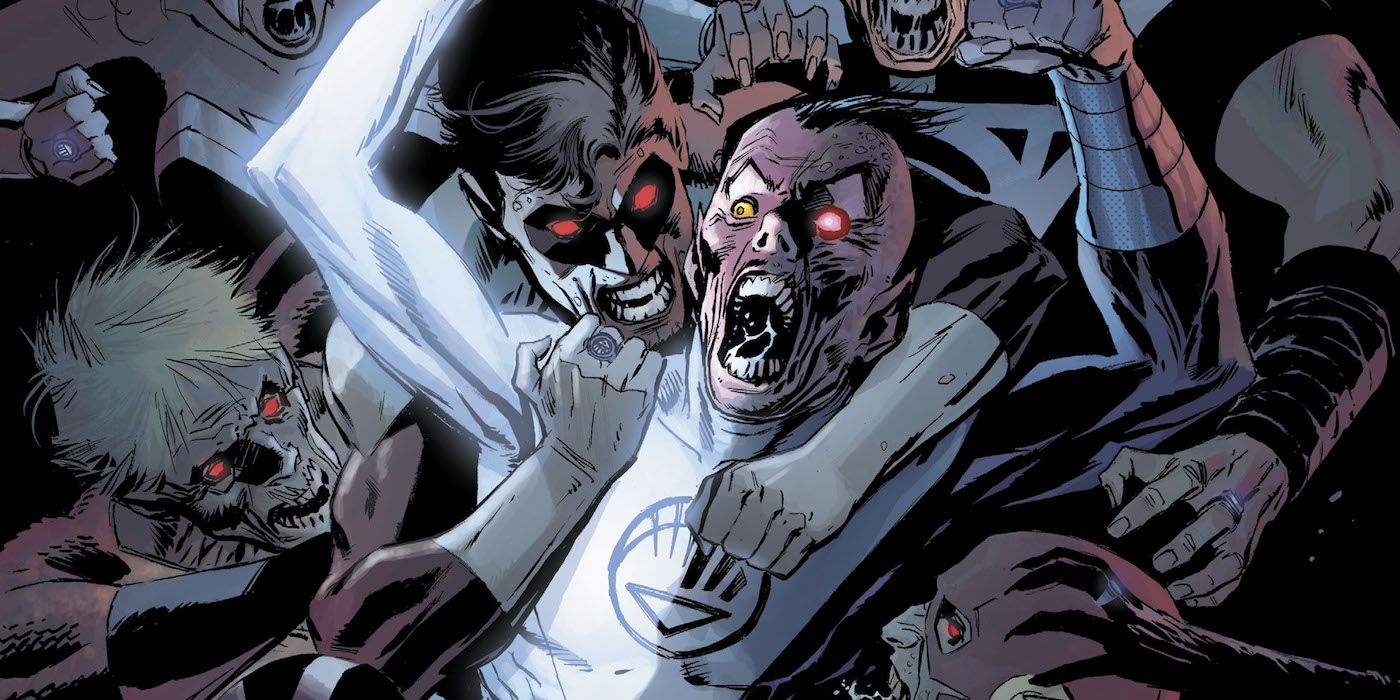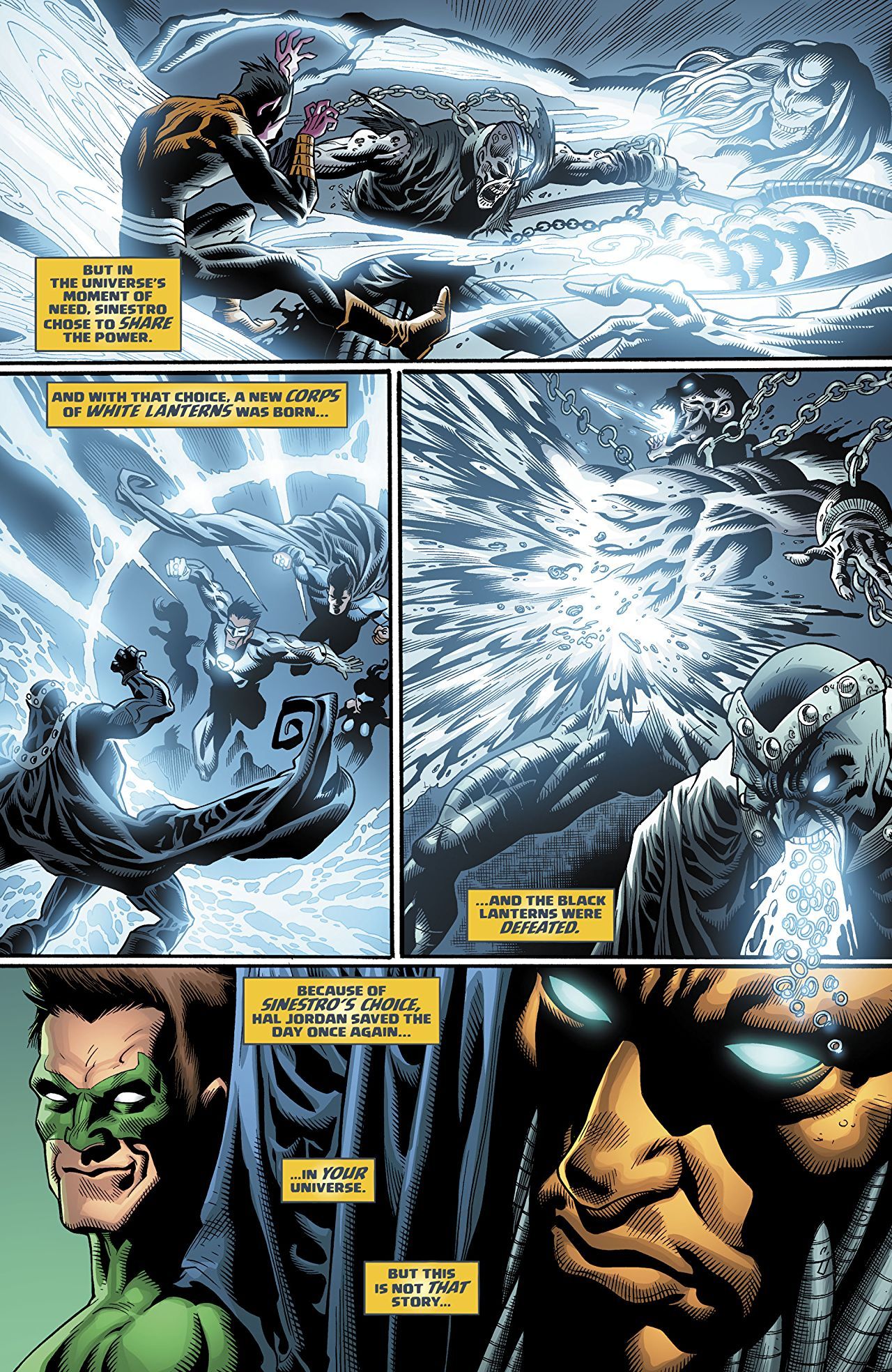WARNING: The following contains spoilers for Tales From the Dark Multiverse: Blackest Night #1, by Tim Seeley, Kyle Hotz, Dexter Vines, Danny Miki, Walden Wong, David Baron, Allen Passalaqua and Rob Leigh, on sale now.
The latest Dark Multiverse special revisits the fan-favorite comic book crossover event Blackest Night, which saw dead heroes and villains from across the DC Universe rise from the grave as the undead Black Lantern Corps in service to Nekron, the sinister personification of Death looking to plunge the entire universe into eternal darkness by hunting the living. The climactic confrontation between the living and the dead came with the debut of the White Lantern, a cosmic figure powered by life itself, and an omnipotent avatar known as the Entity.
Sinestro became the first character to wield the White Light, becoming a White Lantern as Nekron attacked the Entity. However, even boosted by the White Lantern's incredible power, Sinestro alone couldn't overpower Nekron and the Black Lanterns. This led to Hal Jordan and the resurrected Justice League bonding to the White Light instead and turning the tide of battle, defeating Nekron and cleansing the universe of the Black Lantern Corps. While a grim twist on this classic tale is recounted by Tempus Fuginaut, the omnipotent overseer observing the Dark Multiverse's failures, he actually recalls things a bit incorrectly.
According to Tempus, the original Blackest Night saw Sinestro share the power of the White Lantern with the DCU's assembled superheroes after realizing he couldn't defeat Nekron by himself. Alternatively, the Dark Multiverse incarnation of the event has Sinestro obstinately refuse to share any of his power, resulting in the Justice League and Anti-Monitor never being resurrected, with the rest of the Color Corps -- the Lantern representatives from each of the Lantern Corps across the emotional spectrum -- getting overwhelmed and killed before joining the Black Lanterns' ranks.
However, in the original story, while Sinestro initially intercepted the Entity to become the first White Lantern rather than his longtime frenemy Hal Jordan, the resurrection of the Justice League and turning of the tide didn't come from the longtime Green Lantern villain outright refusing to share his new powers. Instead, Nekron forcibly separated Sinestro from the Entity during the epic final battle, with Hal jumping in to bond with the powerful force and resurrecting the Justice League and Black Hand himself. With Black Hand back alive, Nekron's tether to the land of the living was abruptly severed, as a White Power Ring resurrected the Anti-Monitor, who was trapped within the Black Lantern Power Battery, and removed primary source of power for the Black Lantern Corps.
Tempus Fuginaut's recollection of Blackest Night in the main DCU makes it appear as if the entire success of the heroes hinged on Sinestro during his time as a White Lantern, and that he saved everyone when he decided to share his power. Instead, it was Nekron's actions own actions that led to Hal Jordan and the Justice League becoming White Lanterns and defeating him.
Sinestro has played a vital role in many events in DCU history but choosing to share his power to Hal and the Justice League never happened; Sinestro has never been particularly known for sharing his power in any capacity. In the Dark Multiverse, everything runs darker and more insidious but the folly of Sinestro against Nekron on this alternate Earth is perfectly in line with who the character has always been.
Tales from the Dark Multiverse: Blackest Night #1 is on sale now from DC Comics.


